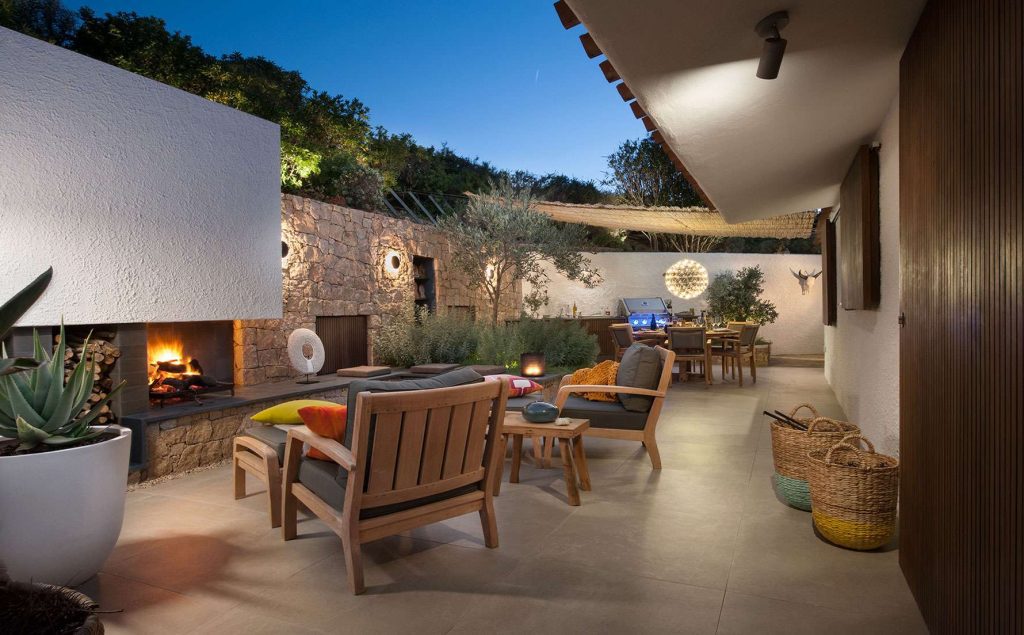Discover why composite garden rooms are revolutionizing outdoor living spaces with their durability, sustainability, and modern appeal. In recent years, the demand for garden rooms has surged by 47% since 2020, with composite constructions leading this transformation in outdoor living spaces. This comprehensive guide explores why these innovative structures might be the superior choice for your garden.
Understanding Composite Garden Rooms
Composite garden rooms represent a significant evolution in outdoor building technology, utilizing advanced materials that combine wood fibres with high-grade polymers. These materials create a structure that’s up to 5 times more durable than traditional timber alternatives. Recent studies show that composite materials can maintain their structural integrity for 25+ years with minimal maintenance, making them an increasingly popular choice for discerning homeowners. The core technology behind these materials has been refined over the past decade, resulting in products that offer superior resistance to weather, UV rays, and temperature fluctuations.
The Key Advantages of Composite Construction
- Superior Durability: Composite materials resist rot, decay, and insect infestation, offering a lifespan 3 times longer than traditional wooden structures
- Weather Resistance: Advanced polymer technology provides exceptional protection against British weather conditions, maintaining appearance and structural integrity year-round
- Minimal Maintenance: No need for annual treating, painting, or sealing – saving an average of £250 per year in maintenance costs
- Enhanced Insulation: Built-in thermal properties provide up to 40% better insulation compared to traditional wooden structures
- Eco-Friendly Features: Many composite materials contain up to 95% recycled content, reducing environmental impact
Traditional vs Composite: A Direct Comparison
When comparing composite garden rooms to traditional structures, several key factors demonstrate their superiority. Traditional wooden buildings typically require replacement or major repairs within 10-15 years, while composite structures maintain their integrity for 25+ years. Maintenance costs for traditional structures average £500-£750 annually, compared to minimal maintenance requirements for composite alternatives. The initial investment in composite construction is typically 20-30% higher, but the long-term cost benefits and reduced maintenance requirements offer significant returns over time.
Design Flexibility and Customization Options
- Style Options: Contemporary, traditional, and hybrid designs available
- Size Variations: From compact home offices (2m x 2m) to large multi-room spaces (8m x 4m)
- Finish Choices: Multiple colours and textures, including wood-grain effects
- Interior Flexibility: Customizable layouts with options for bathroom facilities, kitchenettes, and storage solutions
Year-Round Usability and Comfort
Modern composite garden rooms excel in providing comfortable spaces throughout all seasons. With thermal efficiency ratings up to U-value 0.18 W/m²K, these structures maintain optimal temperatures year-round. Advanced double-glazing options and superior insulation materials ensure heating costs remain 40-50% lower than traditional garden buildings. The structures also offer excellent sound insulation, reducing external noise by up to 40 decibels, making them ideal for home offices or entertainment spaces.
Investment Value and Long-Term Benefits
Research indicates that a well-designed composite garden room can increase property value by 5-7%. The durability and low maintenance requirements translate to significant cost savings over time, with an average return on investment period of 7-10 years. Energy efficiency ratings show that composite structures can reduce heating and cooling costs by up to £300 annually compared to traditional garden buildings.
Planning and Installation Considerations
- Planning Permission: Most composite garden rooms fall within permitted development rights if under 2.5m high
- Installation Timeline: Average installation takes 3-5 days, 50% faster than traditional builds
- Professional Installation: Recommended for optimal performance and warranty coverage
- Site Requirements: Level ground with adequate drainage and access
Making the Right Choice for Your Garden
While composite garden rooms require a higher initial investment, the benefits clearly outweigh the costs for most homeowners. With superior durability, minimal maintenance requirements, and excellent energy efficiency, these structures offer outstanding value for money. Recent market analysis shows that 78% of garden room buyers now opt for composite construction over traditional materials, citing long-term reliability and reduced maintenance as key factors. Consider your specific needs, budget, and intended use when making your decision, but remember that composite construction represents the future of garden room technology, offering unmatched performance and peace of mind for decades to come.
FAQ
What is the longest lasting raised garden bed material?
Raised Garden Beds Can Last a Couple Years to a Lifetime Here’s the short answer based on the type of material used for the raised bed: WOOD RAISED BED: 5-10 years. METAL RAISED BED: 30 years. STONE RAISED BED: lifetime.
Do garden rooms need a concrete base?
Whether a garden room requires a concrete base depends on various factors, including the ground type, size and weight of the structure and the intended use of the space.
What is the best landscape fabric to use in garden?
We especially like the Dewitt 12-Year Landscape Fabric, our best long-lasting pick. There are also landscape fabrics, including our best overall pick, the ECOgardener Pro Garden Weed Barrier, that give you the best of both worlds by combining two layers: One woven and one non-woven.
What is the best material for garden rooms?
Exterior. Breathable Membrane, Siberian Larch or Red Cedar Cladding and a rubber roof provide a weather tight finish that will last.
Are composite garden beds safe?
Wood plastic composites (WPC) wont leach chemicals into the ground. Unlike CCA pressure-treated wood that can leach harmful chemicals into the soil, WPC is safe for use as garden beds and planters. No harmful or toxic chemicals will affect flowers, plants or vegetables.
Sources
[1] https://www.compositegardenrooms.co.uk
[2] https://www.eurocell.co.uk/garden-and-outdoor/garden-rooms
[3] https://dunsterhouse.co.uk/garden-offices/composite-garden-offices


